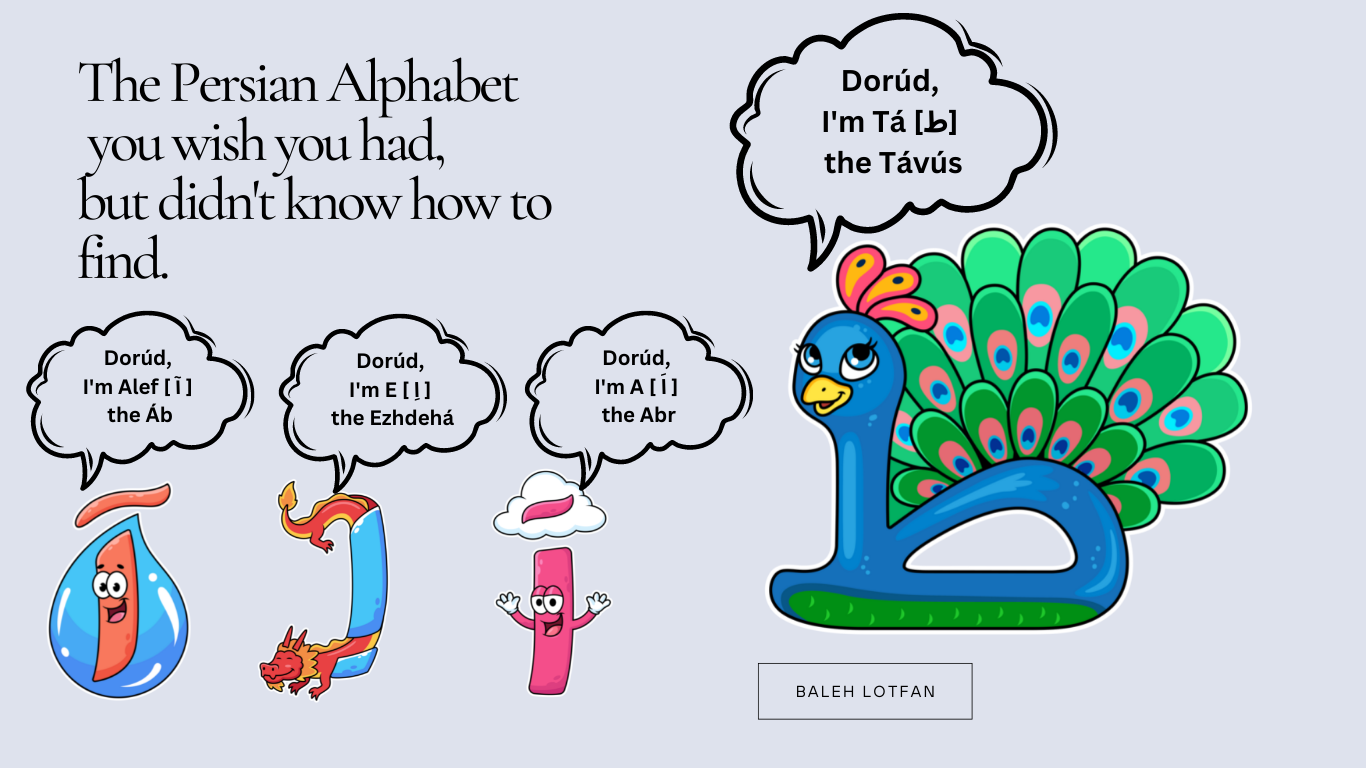It is an axiomatic fact that bilingualism is good for the brain.

Learning a second language (Persian / Farsi) other than English helps improve children's general literacy and understanding how languages 'work'.
Leading experts in the field have documented the following benefits for bilingualism in early childhood education. (Dept Education Vic Aust)
- Cognitive flexibility
- Improved self esteem
- Advanced cultural identity
- Sense of Belonging
- Improved literacy.
So why wouldn't we want to give our children this added dimension to their cultural identity. The gift of Persian.
There are two ways you can acquire the Persian [Farsi] language:
SIMULTANEOUS ACQUISITION
(Usually in 0 - 5yo) prior to formal education
When a child learns two languages at the same time. For example if they go to school and learn English and at home they communicate in Persian. Or if they have parents of mixed nationalities that speak two different languages to the child simultaneously.
SEQUENTIAL ACQUISITION
(Usually 6yo - adult) who are attending school
This is when a child starts to learns Persian when they are already proficient in a first language at school. The knowledge from the new language is added/blended into the knowledge of the first language (Eg Finglisi)

MYTH BUSTERS! Bilingual Myth Busters!
We would like to bust some Persian learning myths.
1. Bilingualism delays language learning.
FALSE. Learning a second language does not cause delays in language proficiency. If there are already language delays then a second language will not affect it.
2. You should stop learning the second language when your child starts school to focus on English.
FALSE. Its important to maintain and continue speaking to your children in the Non-dominant language after starting school to continue the exposure to the non dominant language and ensure the neural pathways for exposure to Persian are maintained.
Any other myths you want busted? Comment Below!
Factors that affect Learning Persian as a second language:
- Time of exposure to Persian
- Extent of exposure to Persian
- The age when you first are exposed to Persian
- The ways in which you are exposed to Persian (via screen time, through play, games, music, primary care giver)
- Comparative similarities and differences between English and Persian
- The confidence/emphasis on the importance of the persian language in the family of origin.
We have a guided method of learning for both Simultaneous & Sequential Acquisition as we have done BOTH!
For simultaneous Learners: Learn Persian through play, games & music.
For Sequential Learners: Learn through English Correlation and building on Phonetic English understanding.


